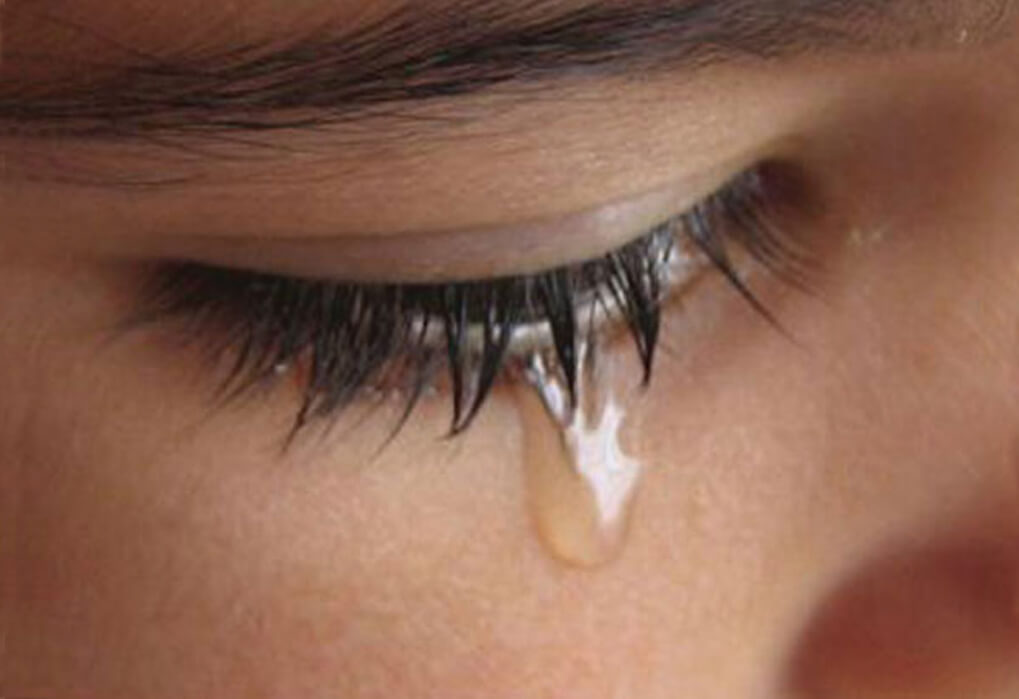Raising Awareness, Reducing the Risk of Abuse in Youth Sports

Guest Commentary by USA Swimming Executive Director Chuck Wielgus
There are many reasons why a child should participate in sports. Sports teach important life lessons including goal-setting, teamwork and self-confidence, in addition to the great exercise it provides.
Unfortunately, competitive sports can also be a high-risk environment for misconduct, including physical and sexual abuse. These types of abuse can also have long-term damaging effects on a child’s psychological well-being.
The Center for Disease Control reports that by the age of 18 one in four girls and one in six boys have experienced some form of sexual abuse. These are frightening numbers, and we should all feel an obligation to help eradicate this blight from our society.
April is National Child Abuse Prevention Month and Sexual Assault Awareness Month, and it puts a brighter spotlight on the issue. We’ve made progress but there’s more to do.
Colleges and universities, public and private high schools, parks and recreation departments, YMCAs and youth-serving entities now require everything from background checks to coaching certifications to safety training.
More recently, organizations, including USA Swimming, provide personal responsibility training that covers topics such as coach/athlete relationships, sexual harassment and abuse, and appropriate behavioral boundaries between adults and minors.
These are necessary steps to protect our children from the dangers of abuse and sexual assault.
One victim is one too many. Youth-serving organizations are embracing ever-widening roles and accepting social responsibilities far beyond what might have been imagined 10 years ago.
For the past five years, USA Swimming has worked to increase awareness to reduce the risk for abuse in the sport through the Safe Sport Program. While we are fortunate to provide wonderful memories and life lessons for our 400,000 members, it’s a heartbreaking truth that victims of abuse often have the opposite experience.
As part of our tireless efforts to reduce the risk for abuse and create a safe environment in swimming, we’ve learned a great deal and we continue to evolve.
USA Swimming has banned more than 100 members for violations of the organization’s code of conduct, and we publicly make that list available on our website. We have also established SwimAssist, a resource program that provides professional counseling and support services for members who have been victims of sexual abuse.
Even on a personal level, I now talk about abuse-related news stories with my two daughters. As a result, I believe they are much more aware and safer from potentially dangerous situations.
Educational efforts that help both young people and adults to recognize inappropriate behaviors are critically important. It is also essential that people feel empowered and safe to speak up and report questionable behavior when they see it.
Recently, I received a letter from a mother. Her daughter was receiving inappropriate text messages from her coach, and this led to an intervention through our Safe Sport program that stopped the situation before it escalated to something far worse. Safe Sport and other programs work because it is a partnership between the national office, clubs, coaches, parents and athletes. We need to keep raising awareness to reduce the risks.
Chuck Wielgus has been the executive director of USA Swimming since 1997, and the CEO of the USA Swimming Foundation since its inception in 2004. Wielgus has co-authored three books, and received an acknowledgement for the 1994 award-winning movie Hoop Dreams.



